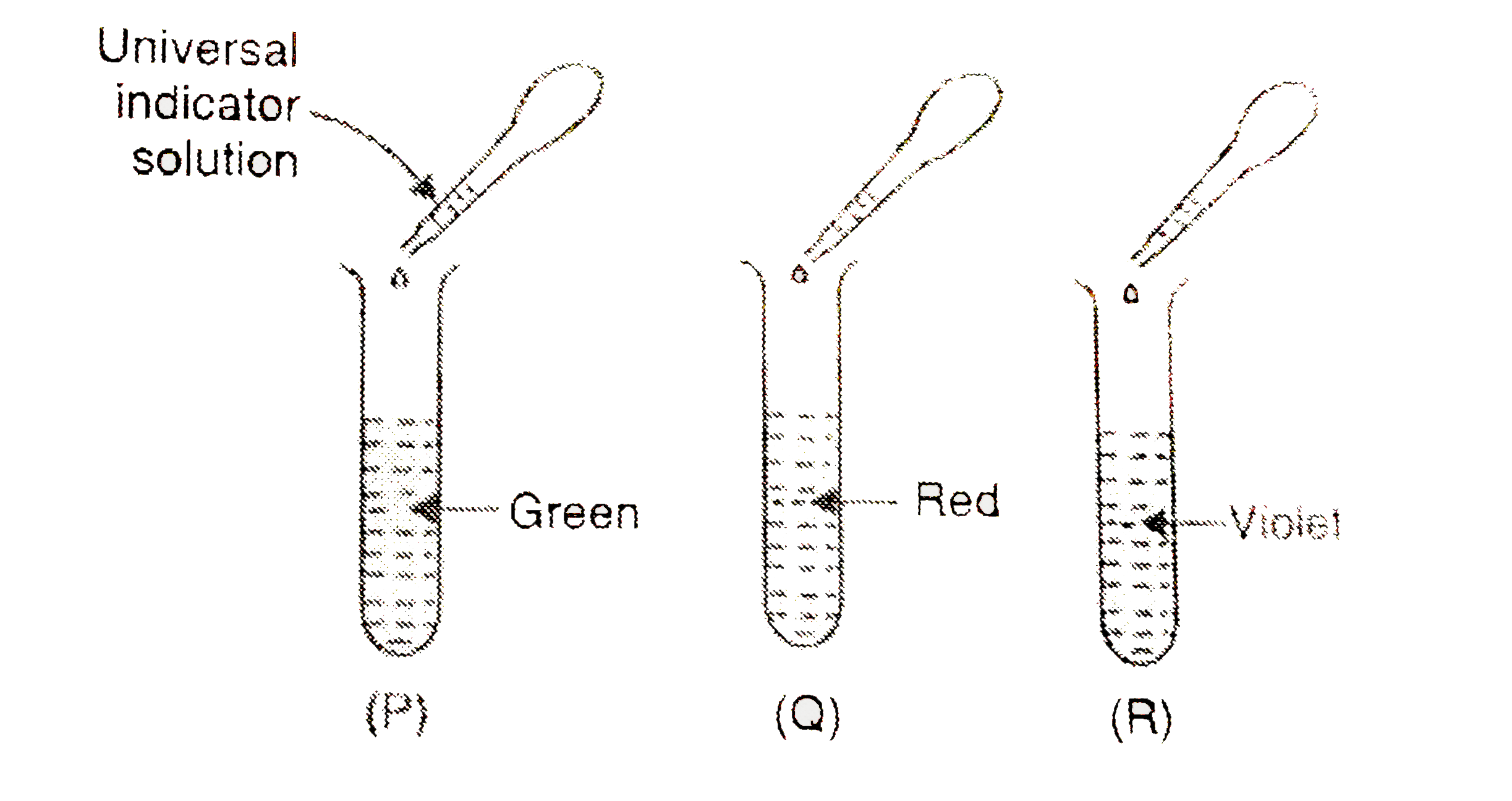A population of red beetles lives in green bushes in a garden. Once during the process of breeding, a green beetle is produced.
State whether the production of green colour involved a change in genetic material or not.
Step-by-Step Solution:
1. Understanding the Population: Initially, we have a population of red beetles living in green bushes. This sets the context for the genetic traits present in the beetle population.
2. Observation of a Green Beetle: During the breeding process, a green beetle is produced among the red beetles. This is an unusual occurrence since the majority of the population is red.
3. Role of Genetic Material: The color of the beetles is determined by their genetic material, which is DNA. DNA contains the genetic information that codes for various traits, including color.
4. Change in Genetic Code: The appearance of a green beetle indicates that there has been a change in the genetic code. The genetic information that previously coded for red color must have been altered to produce the green color.
5. Conclusion: Since the production of the green beetle involves a change in the genetic material (DNA), we can conclude that the green color resulted from a change in genetic material.
6. Final Answer: Yes, the production of the green color in the beetle involved a change in genetic material.
---
Topper's Solved these Questions
- BOOK - BETOPPERSCHAPTER - HEREDITY & EVOLUTIONEXERCISE - COMPETITIVE WORKSHEET34videos
HEREDITY & EVOLUTION
- BOOK - BETOPPERSCHAPTER - HEREDITY & EVOLUTIONEXERCISE - COMPETITIVE WORKSHEET34videos
HEREDITY & EVOLUTION
- BOOK - BETOPPERSCHAPTER - CONTROL AND COORDINATIONEXERCISE - COMPETITIVE WORKSHEET48videos
CONTROL AND COORDINATION
- BOOK - BETOPPERSCHAPTER - HOW DO ORGANISM REPRODUCEEXERCISE - COMPETITIVE WORKSHEET44videos
HOW DO ORGANISM REPRODUCE
Similar Questions
A population of red beetles lives in green bushes in a garden. Once during the process of breeding, a green beetle is produced.
(a) State whether the change in colour of beetle is a process of evolution or not.
(b) Can the new colour of green beetle be passed on to its next generations ?
(c) What will be the advantage (if any ) of the green colour to the beetle ?
(d) State whether the production of green colour involved a change in genetic material or not.View SolutionName the phenomenon that governs the following:
Green beetles living in green bushes are not eaten by the crows.View Solution
Knowledge Check
- Question 1 - Select One
A crow picked up a beetle from one region and dropped it by chance at another region with out eating. Then, the beetle had to breed with the beetles of the new region thereby producing a new genetic combination. Identify the evolutionary agent involved.
AGenetic driftBGene flowCReproductive isolationDSpeciation - Question 2 - Select One
Which of the following compound does not produce green coloured product on thermal decomposition?
AK2Cr2O7BKMnO4C(NH4)2Cr2O7DNH4NO3 - Question 3 - Select One
Which of the following compound does not produce green coloured product on thermal decomposition?
AK2Cr2O7BKMnO4C(NH4)2Cr2O7DNH4NO3
Which states achieved the highest rate of growth in food grain production during Green Revolution?
View Solution(a) A blackish brown coloured solid 'A' when fused with an alkali metal hydroxide in the presence of air, produces a dark green colored compound 'B' which upon electrolytic oxidation in alkaline medium gives a dark purple coloured compound 'C'. Identify A,B and C and write the reactions involved.
(b) What happesn when acidic solution of green compound (B) is allowed to stand for sometime? Give the equation involved. What is this type of reaction called ?View SolutionAssertion : In the human eye, there are three types of rods which possess their own characteristic photopigments that respond to red, green and blue lights.
Reason : The sensations of different colour are produced by various combinations of these rods and their photopigments.View SolutionEach of the questions below consists of a question and two statements numbered I and II given below it. You have to decide whether the data provided in the statements are sufficient to answer the question.
What is the colour of the fresh grass ?
I. Blue is called green, red is called orange, orange is called yellow.
II. Yellow is called white, white is called black, green is called brown and brown is called purple.View SolutionOn adding a few drops of universal indicator solution to three unknown colourless solutions P,Q, and R taken separately in three test-tubes shown in the diagrams, a student observed the changes in colour as green in solution P red in solution Q and violet in solution R.
The decreasing order of the pH of the three solutions is:
 View Solution
View Solution

